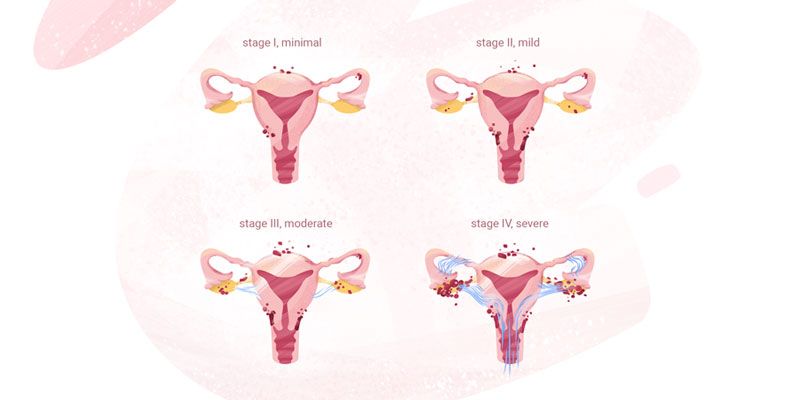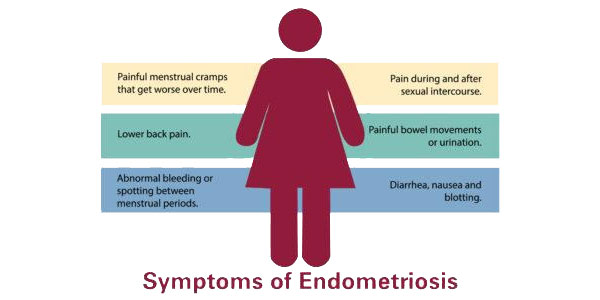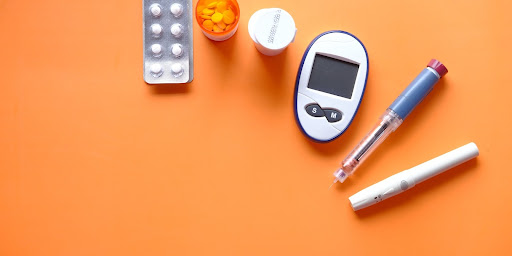4 Stages of Endometriosis
Feb 19, 2024
Endometriosis refers to a condition in which an endometrium-type of tissue grows outside the uterus. The tissue lining the uterus's inside lining is called the endometrium. These are known as endometrial implants.
They are usually found in the abdomen or pelvis. They can also grow on linings or organs like the fallopian tubes and ovaries. Like the endometrium and the uterus, the tissue builds up and then sheds during menstruation. The tissue that has been shed eventually becomes stuck and doesn't want to move. This can cause inflammation, scarring, or cysts.

Endometriosis’ Stages
Endometriosis can be measured in many different ways. American Society of Reproductive Medicine is the most popular scale. Doctors assign points based on the extent of the affected areas, the tissue's depth, and the cyst's size. The condition is then ranked according to the four stages of Endometriosis it has reached.
Stage 1
Stage 1 is the most severe stage of endometriosis. Implants are very small, infrequent, and shallow. However, these stages don't correspond with pain or discomfort. They could be located in your abdomen or pelvis tissue. There is very little or no scar tissue. Stage 1 endometriosis doesn't mean that a woman's pain is minor or that it has had a minimal impact on the life of that woman.
Stage 2
Stage 2 endometriosis can be considered mild. Doctors may find more implants, which might be deeper than superficial ones found in the First Stage. They may also be deeper in the tissue and could contain scar tissue. Women can feel pain, and it can be quite severe.
Stage 3
Stage 3 is called moderate endometriosis. At this stage, at least one ovary with endometrial cysts may be at least one ovary with endometrial cysts are created when tissue attaches itself to one ovary. This causes tissue to begin to shed blood. These cysts can also be called "chocolate cysts" because the blood starts to turn brown.
Thin bands of tissue which are called filmy adhesions, can also be found by doctors that link organs together. These adhesions form as scar tissue when the body attempts to heal from endometriosis. These adhesions can cause organs to stick together and be the reason for sharp, nausea, and stabbing pains in women with endometriosis.
Stage 4
Stage 4 is called the most severe level of endometriosis. There are many implants of the endometrium deep in the pelvic region, and this is the final and most severe stage of endometriosis. Endometriosis may also be present in the bladder, bowel, and, rarely, the lungs. This Stage is very painful and needs to be treated.
Endometriosis symptoms
Endometriosis symptoms can vary. While some people may experience mild symptoms, others can suffer from severe or moderate symptoms. Your pain level does not necessarily indicate the severity of the condition. A mild form of the disease may not cause severe pain, but you might still feel intense discomfort. You can also have severe symptoms with very little discomfort.
Pain in the pelvis is usually the main symptom. This happens most often during periods. Sometimes you might feel pain when you have sex, bowel movements, or pee. Other symptoms include fatigue, heavy periods, nausea, constipation and bloating. Regular gynecological examinations are important to ensure that your gynecologist can monitor any changes. If you have multiple symptoms, this is especially important.
Diagnoses
A single test does not diagnose endometriosis. It is also difficult to diagnose. The diagnosis is complicated because many women believe that pelvic pain and other symptoms can be normal. Sometimes, birth control hormones and pregnancy can temporarily relieve symptoms without a diagnosis.
A laparoscopic procedure can only diagnose endometriosis, and the biopsy will also confirm the diagnosis. This procedure can also be used for the removal of endometriosis. So, contact your doctors for a diagnosis of endometriosis.
Conclusion
Endometriosis, a chronic condition known as idiopathic endometriosis, is not yet understood. It does not currently have a cure. Effective treatments are available, including medications, hormone therapy, and surgery to manage side effects and other complications, like fertility issues and pain. Endometriosis symptoms usually resolve after menopause.
If you suspect you may have endometriosis, it is important to contact your doctor immediately to get an accurate diagnosis and create a plan that suits your particular situation. Endometriosis can be dangerous for women if not treated well; as soon as you see any symptoms, then contact your doctor for treatment.





